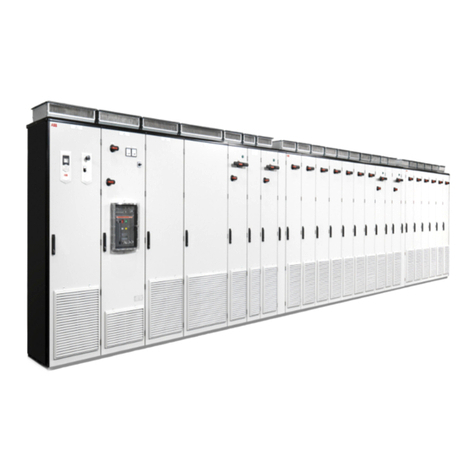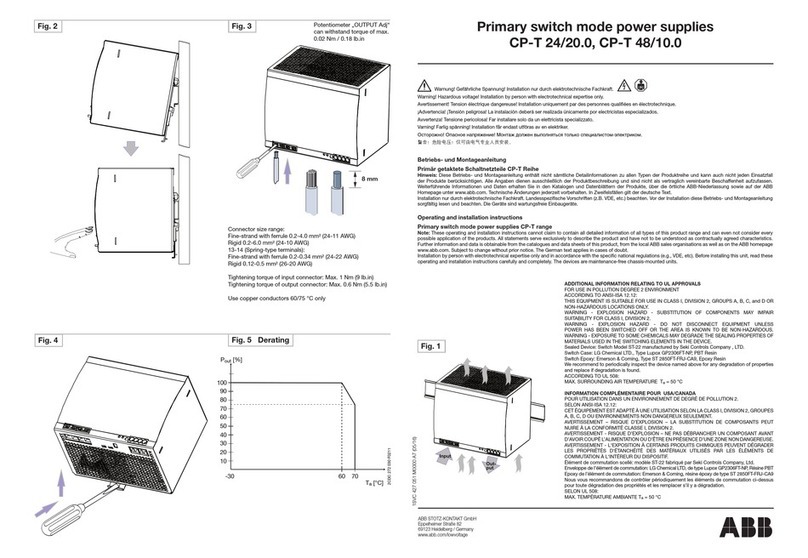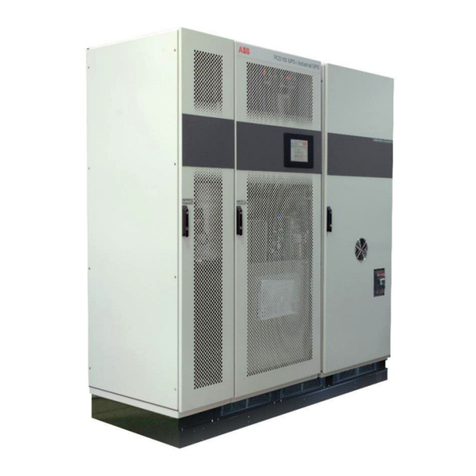ABB NES48-19-4U-AC7-PS3-DIN15B250P-LVBD-ACSPD User manual
Other ABB Power Supply manuals
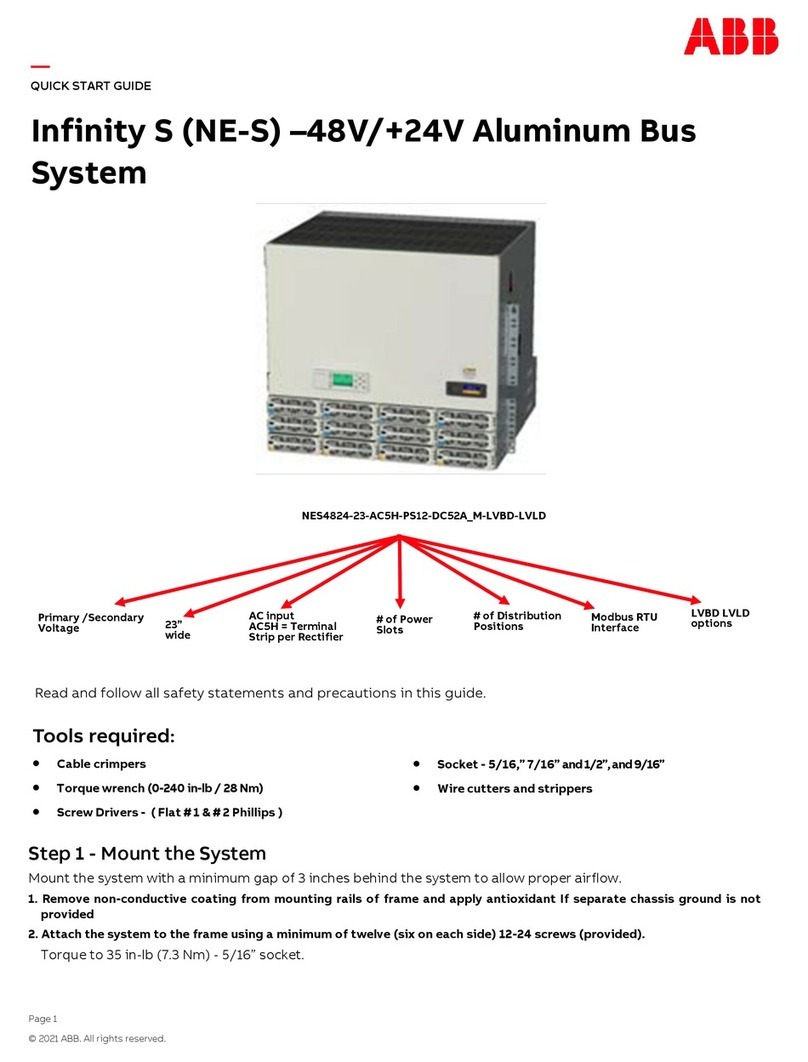
ABB
ABB Infinity S User manual

ABB
ABB Infinity S J5964803 L209 User manual
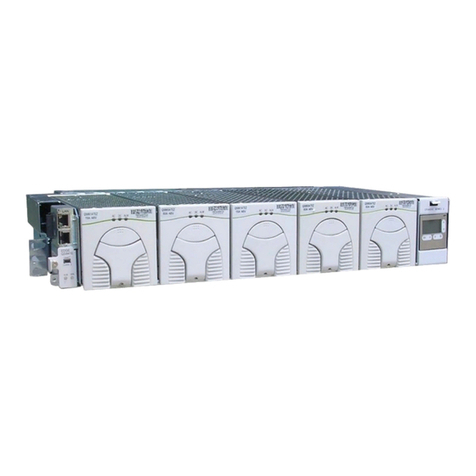
ABB
ABB CPS6000 User manual

ABB
ABB ProcessMaster 500 User manual
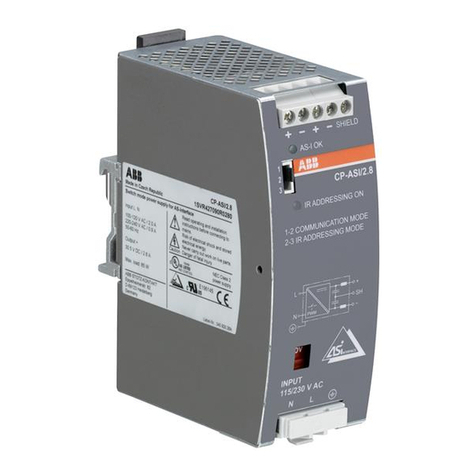
ABB
ABB CP-ASI/2.8 User manual

ABB
ABB CPS3200U User manual
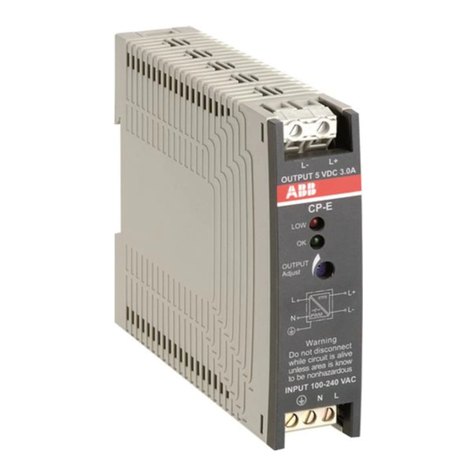
ABB
ABB CP-E 5/3.0 User manual

ABB
ABB ACS880-304 +A018 User manual

ABB
ABB 83310-500 User manual
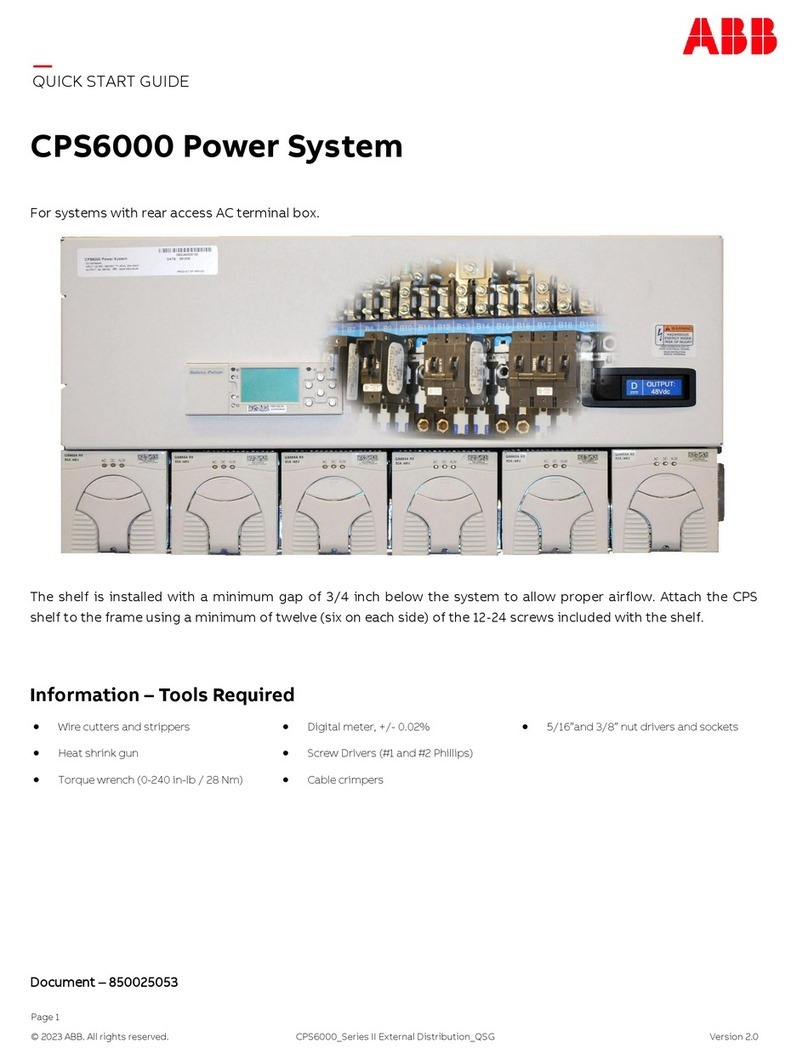
ABB
ABB CPS6000 User manual

ABB
ABB ODPSE230C User manual

ABB
ABB NES48-23-AC1-PS4-DC1E-LVBD User manual

ABB
ABB ACS880-207LC User manual

ABB
ABB Infinity B G240 System -48V User manual

ABB
ABB Infinity S User manual

ABB
ABB ACS550-01 User manual
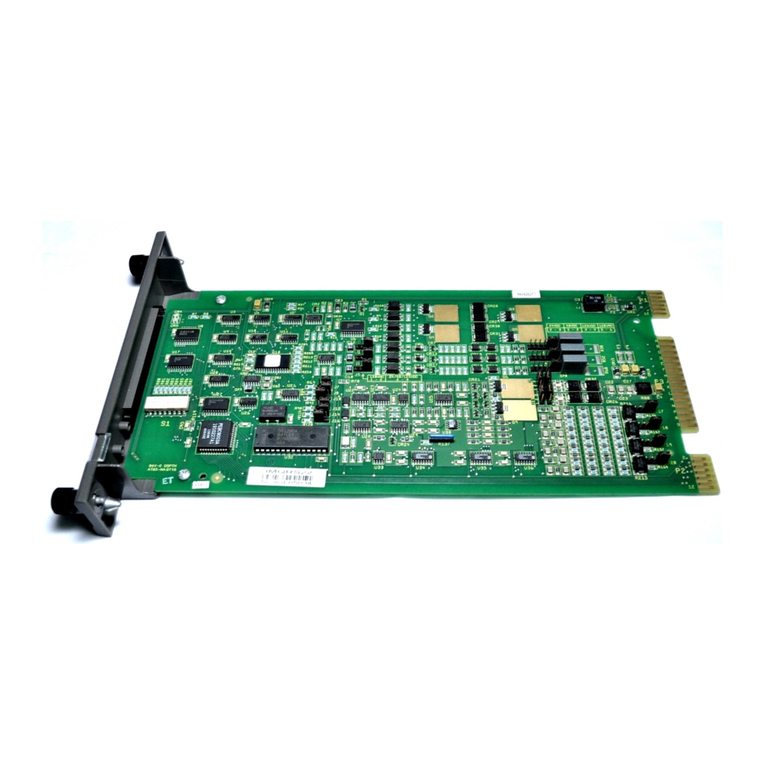
ABB
ABB Symphony Harmony Series User manual

ABB
ABB SV/S 30.160.1.1 User manual

ABB
ABB GH Q630 7043 P0001 Service manual

ABB
ABB 4234 600 User manual
Popular Power Supply manuals by other brands

Videx
Videx 520MR Installation instruction

Poppstar
Poppstar 1008821 Instructions for use

TDK-Lambda
TDK-Lambda LZS-A1000-3 Installation, operation and maintenance manual

TDK-Lambda
TDK-Lambda 500A instruction manual

Calira
Calira EVS 17/07-DS/IU operating instructions

Monacor
Monacor PS-12CCD instruction manual
